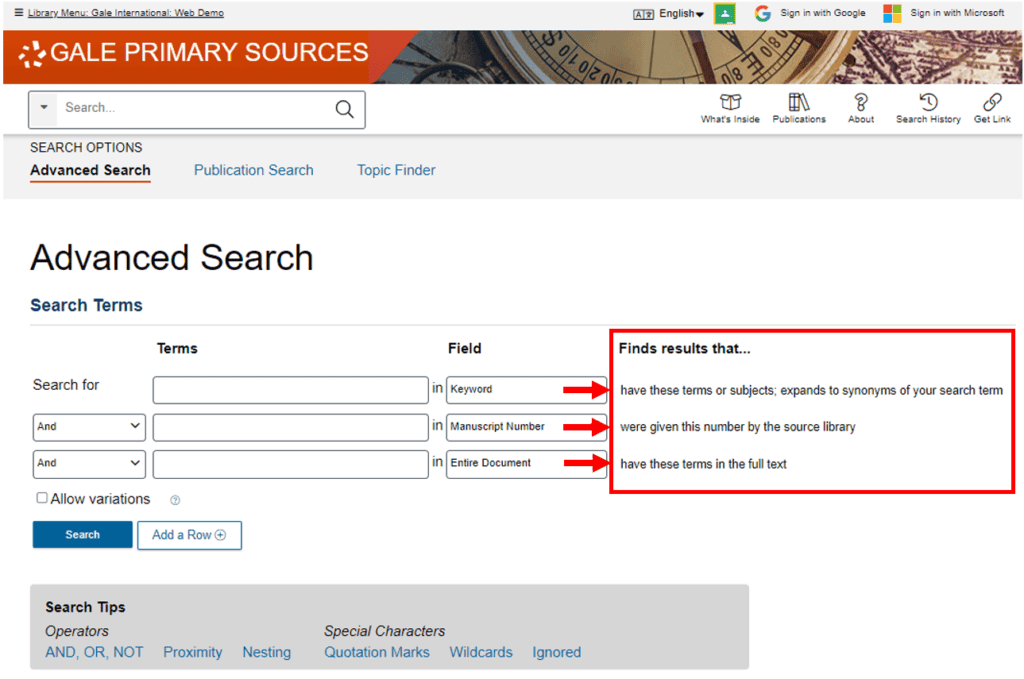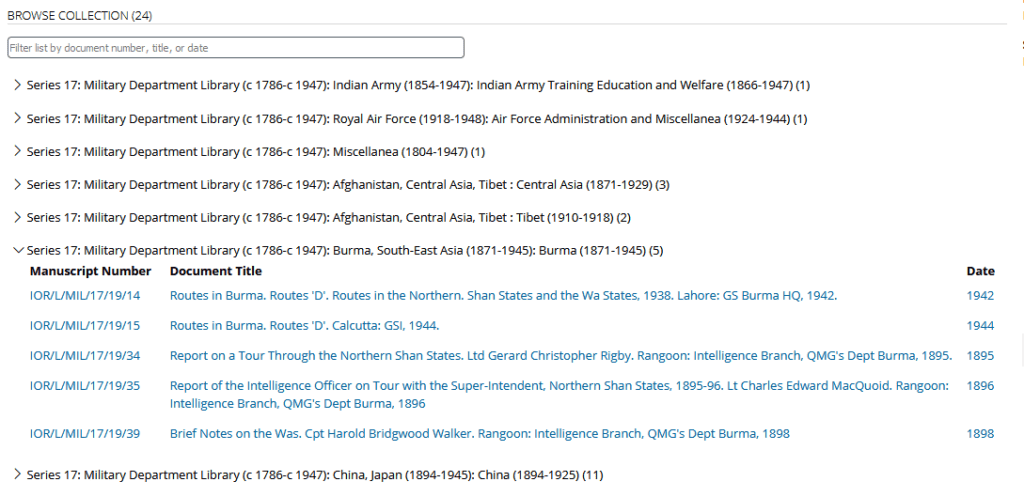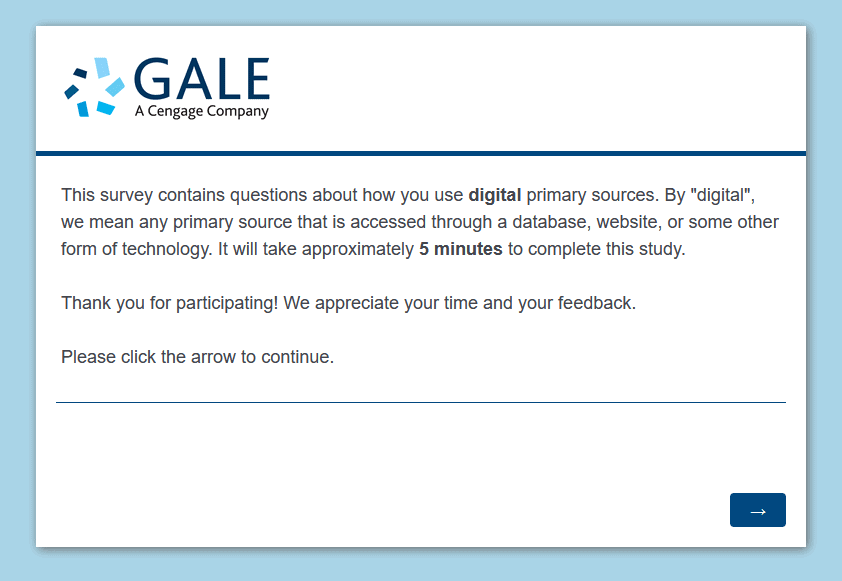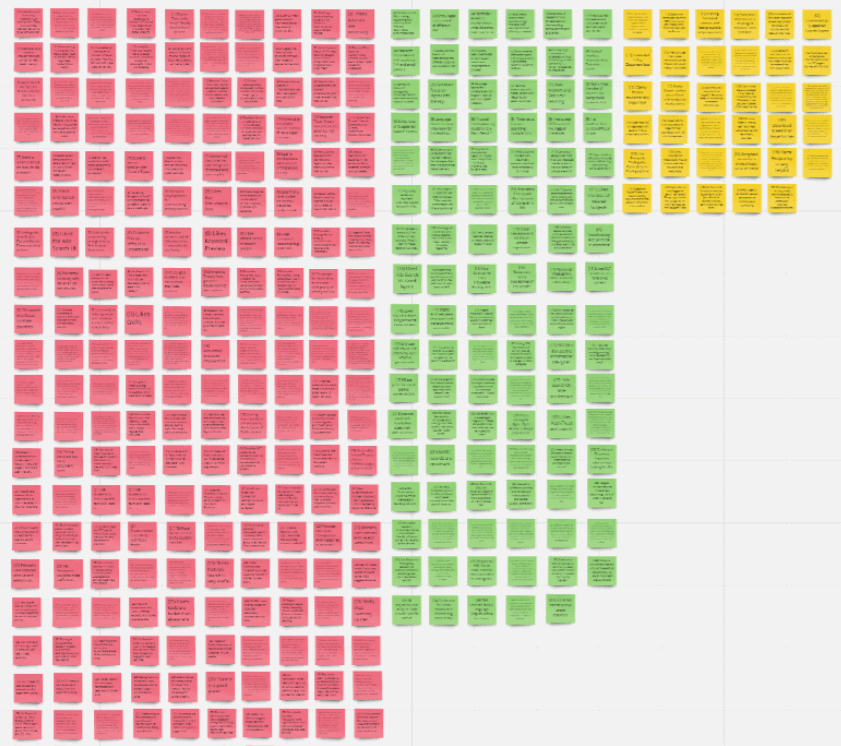│By Rebecca Bowden, Associate Acquisitions Editor, Gale Primary Sources│
Here at Gale, our users are central to what we do – understanding their perspectives and opinions, and then using that to guide our product development, is something close to our hearts. In 2019, the Gale Primary Sources publishing team established a taskforce which specifically sought to improve our knowledge of what was going on in our customer’s heads in relation to Teaching and Learning – and beyond.
For many months, this “Classroom Taskforce” has been undertaking research into how primary sources are being used in teaching, with the aim of improving the usability and accessibility of digital primary source resources for both students and instructors who teach with digital archives. We wanted to hear real stories from real users – to uncover the truth about their experiences working and teaching with digital primary sources, and truly understand what we could do to make that experience easier.
A detailed user survey
Our first information-gathering effort came in the form of a detailed survey. Through this, the taskforce was able to gather the incredible feedback of over 170 instructors, librarians, and students. Based on the responses, we discovered that the largest barriers to using digital primary sources in teaching and coursework were:
- The content they needed had not been digitised.
- Students found primary source databases difficult to use.
- It was difficult to find primary sources that aligned with research topics and/or the curriculum.
- They did not have enough time to look for relevant content to use for teaching.
Extensive interviews with users
The taskforce wanted to know more, so we set up interviews with 26 of our users. Our interviewees provided us with more detail on the issues above, made suggestions of how they would like to see them addressed, and reviewed prototypes of new concepts for the Gale Primary Sources platform. We concluded the interviews in October 2020.
Having gathered a huge amount of valuable feedback, the taskforce spent two months analysing the data in detail to identify the main points of concern for our users when it came to using primary sources in teaching: what they liked, what needed improvement, features that they would love to see and areas where we needed to step up our game.
Key takeaways
Overall, our users felt positively about Gale, but there were definitely areas that we could improve. Once we finished interrogating the data, the taskforce condensed it down into four main takeaways.
We needed to:
- Better define the terms used in our databases.
- Look at how we could support instructors in getting students (1) understanding how to critically analyse sources, and (2) orientated with how to use a digital databases, so that they can confidently undertake their own research.
- Add further archival context. This should be a priority when planning our platform development strategy, as transparency was important to both instructors and students.
- Explore how we could best support different entry points to research (from beginner to advanced), as their level of digital literacy impacted how much use instructors and students could get from digital primary source archives.
Refining our product development plan
Having identified these findings at the close of 2020, the Gale Primary Sources team spent 2021 refining our development plan to ensure that we are directing development in the ways that are most requested and helpful to real customers. The feedback we received through the survey, and especially the interviews, was indispensable, and we would like to express our gratitude to all of our interviewees who have been invaluable in helping to shape the platform’s development going forward.
New features launched
Based directly on the feedback we received, Gale has already launched a number of new features that directly address some of the issues that were raised. We improved our Advanced Search function by embedding prominent “Search Tips” and details on how to use each index and limiter directly into the platform – this makes the tool easier to navigate for students and reduces the time instructors need to spend teaching students how to use the database.

We have also launched Browsable Finding Aids, providing another way to navigate the material organically that replicates the experience of doing so a physical archive.

Of course, our development doesn’t end there! We will be continuing to address user concerns going forward. For example, we are hard at work finishing our brand-new Learning Centers, which will launch in a selection of products this autumn. Shaped by feedback from our interviewees, these Learning Centers are intuitive, all-in-one instructional resources that are designed to orient users with the content in our archives, spark inspiration for research and act as a best practice guide when it comes to skills like searching, citing and using primary sources. Tailored to each archive, they will include key topics, sample searches, case studies and contextual materials. Look out for more information on this exciting new feature coming soon!

Curiosity about the user experience is a central tenet of our practice here at Gale, so the work of the Classroom Taskforce is far from done. We are constantly looking to improve our knowledge of our user’s needs and hope that the taskforce’s work will lead to exiting new insights and developments as we continue to learn more. If you have feedback and are interested in chatting with us, please do get in touch – we are always enthusiastic to hear about your experience!
If you enjoyed reading about the development of our products you may like:
- Lifting the lid on how we created the Gale Digital Scholar Lab
- Making Digital Scholarship accessible for all – New Learning Center added to the Gale Digital Scholar Lab
If you’re keen to read more about how the Gale archives can be used specifically for teaching and learning, check out:
- Using the Gale Digital Scholar Lab in the Classroom
- Teaching Primary Source Research Skills
- Teaching with Eighteenth Century Collections Online
Blog post cover image citation: Image available on Pixabay.




